Scientists: Another piece of the puzzle about life in the Bronze Age has been found
A colossal Scandinavian Bronze Age hall excavated in Germany may be the legendary meeting hall of King Hinz.
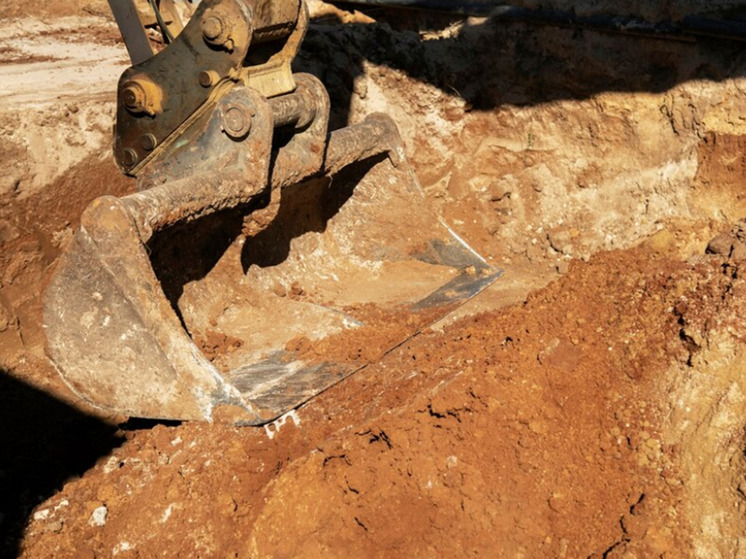
During excavations not far from the “royal grave” A colossal Bronze Age hall was discovered in Seddina (Prignitz district) northwest of Berlin.
As reported by Arkeonews, the colossal Bronze Age building is still considered the legendary meeting hall of King Hinz, a legendary figure who is said to have been buried in a golden coffin.
Since the spring, the State Office for the Protection of Monuments of Brandenburg and archaeologists from The University of Göttingen is conducting large-scale excavations around the legendary royal grave.
“Royal Tomb” near Seddin near Gros Pankov is considered the most important 9th century BC funerary complex in north central Europe. It was discovered in 1899 during stone quarrying.
As announced by the State Office for the Protection of Monuments of Brandenburg, it is the largest structure of its kind from the Scandinavian Bronze Age (approximately 2200-800 BC). .). It was said that the meeting hall of the legendary King Hintz was probably excavated with a floor plan of 31 by 10 meters.
According to state archaeologist Franz Schopper, this is “a really big, impressive find.”
“Houses in prehistoric times were usually built in such a way that their width was six to seven, sometimes eight meters. We are here at a depth of ten meters, that’s what’s unusual,” explains Dr. Immo Heske, leading archaeologist at the University of Göttingen.
The walls of the building consisted of wooden planks and wattle and were coated with clay plaster. The roof was covered with thatch. Due to the building's estimated height of seven meters, it is assumed that there were additional floors for living and storage space. In the western half of the building there was a fireplace in the center. On the northern long wall, a miniature vessel was discovered, which was probably intended for a ritual sacrifice.
Experts also discovered two outer walls of the hall, made of heaped field stones in the soil of Prignitz. This is a completely atypical construction method for Northern Europe in the Bronze Age, notes Arkeonews.
For Immo Heske it is obvious: the builder or user of the house was inspired by his travels to the south.
Archaeologist Immo Heske dates the construction between the 10th and 9th centuries BC. Due to its enormous size, it was probably the residence of the ruler. According to Heske, there were only two other buildings of this type between Denmark and southern Germany between 1800 and 800 BC.
Therefore, experts are sure: a simple peasant did not live in the large assembly hall, which was used for receptions and other celebrations. Most likely, a lot points to the legendary King Hinz in Prignitz, who is said to have been buried just a few meters from here – also in the 9th century BC.
““It is quite possible that the king lived here and held his meetings and consultations”, explains Brandenburg state archaeologist Franz Schoppe. But it could also be the predecessor of King Hintz. One thing is clear: the house also dates from the period between the 10th and 9th centuries BC.
According to Brandenburg's State Secretary for Science, Tobias Dünow, this discovery provides another piece of the puzzle about life in the Bronze Age: “Here we have the opportunity– like hardly anywhere else in Europe — to get an idea of the way of life, culture, construction of houses and other objects, about the burial culture of the Bronze Age.
The finds and outlines of houses will be consolidated and documented by the end weeks. The excavation site will then be closed again. However, the research is not yet complete. The excavation site could be reopened in the next few decades so that new technology or special DNA tests can be used to get to the bottom of the story and learn more about the lives of the people surrounding Seddin's royal tomb. And archaeologists from the University of Göttingen and the State Office for the Protection of Monuments of Brandenburg will also carry out extensive excavations around the royal grave over the next two years as part of the funding project.








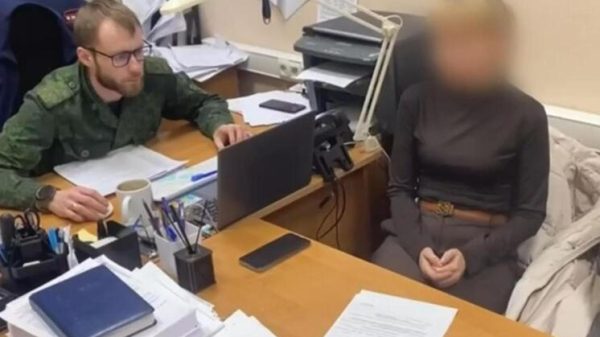
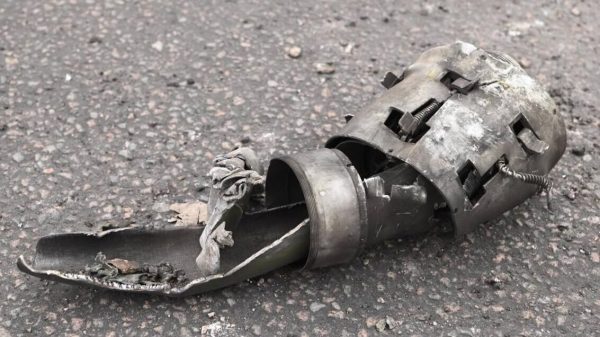
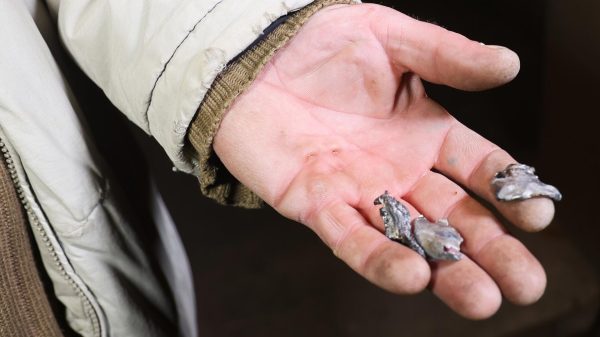


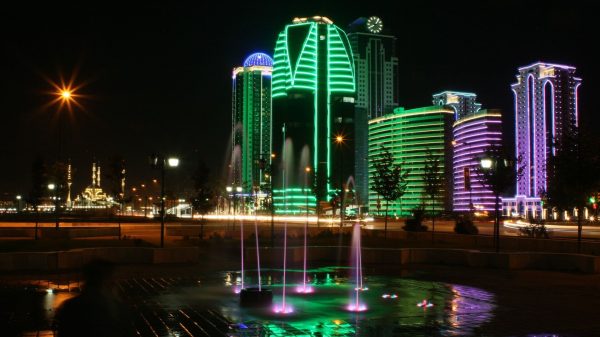





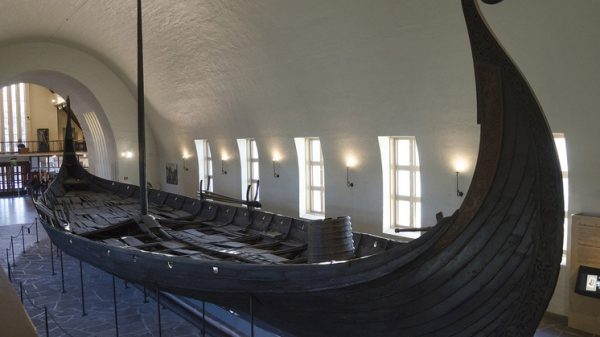


















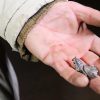
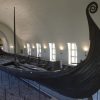















Свежие комментарии